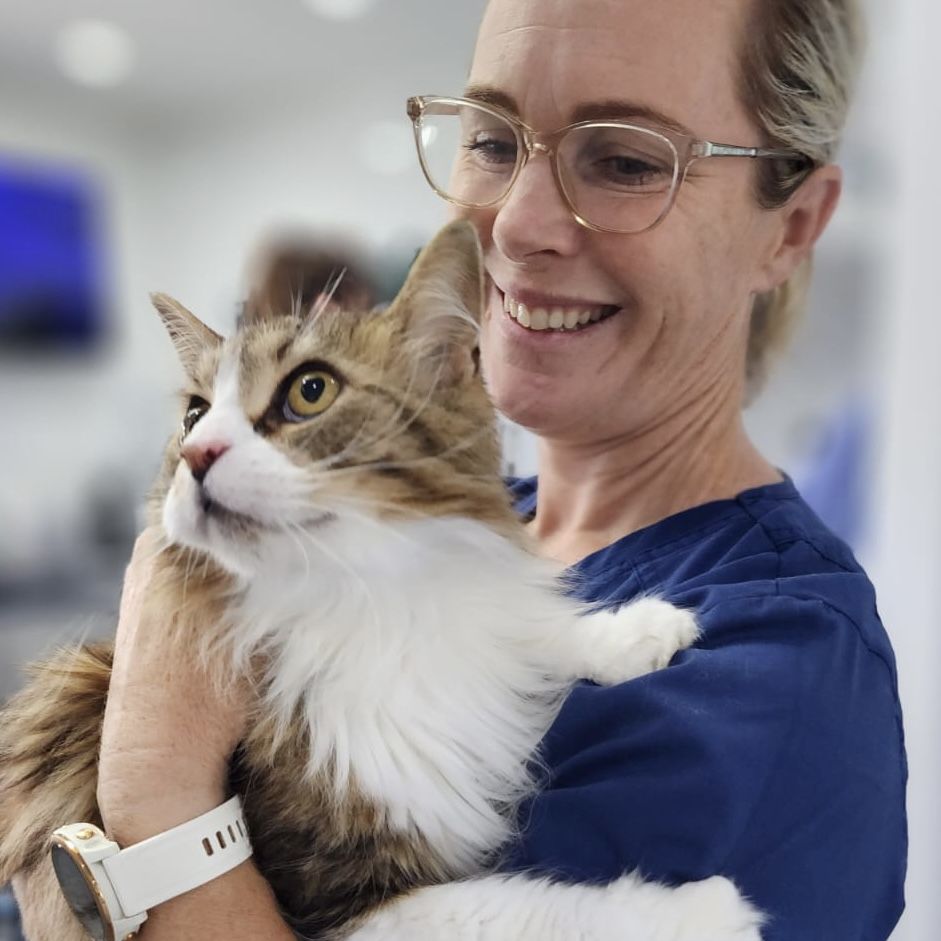Preparing for a Veterinary Visit
Chasing your cat around the house, hauling it out from under the bed, cursing when it scratches, forcing it into an unfamiliar cage, and removing it from its territory in a strange moving vehicle almost guarantees a poor experience for you and your cat.
To help us help your cat, we clearly have to do a better job at this.
We can start by having a suitable cage. One that allows the cat to be placed in from the top is great. Soft zip-up cages and ones that can be quickly taken apart are also appropriate.
We need to make the cage a happy place. At a minimum, have the cage in a favourite spot in the living room for at least a week before a visit. Put a cosy blanket in the cage and fresh treats in it daily. Play with toys in and around the cage. A daily spray with facial pheromone (feliway, pet remedy) can be helpful.
No matter how chilled your cat might be, every cat must arrive at the clinic with the safety and security of a cage. Please feel free to call the clinic to borrow one if this is needed, though this does mean your cat has not had an opportunity to become comfortable with the cage.
